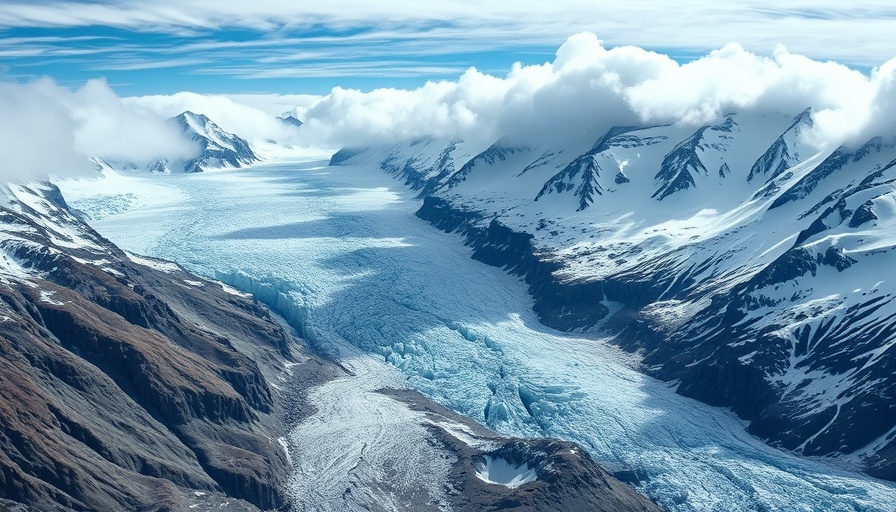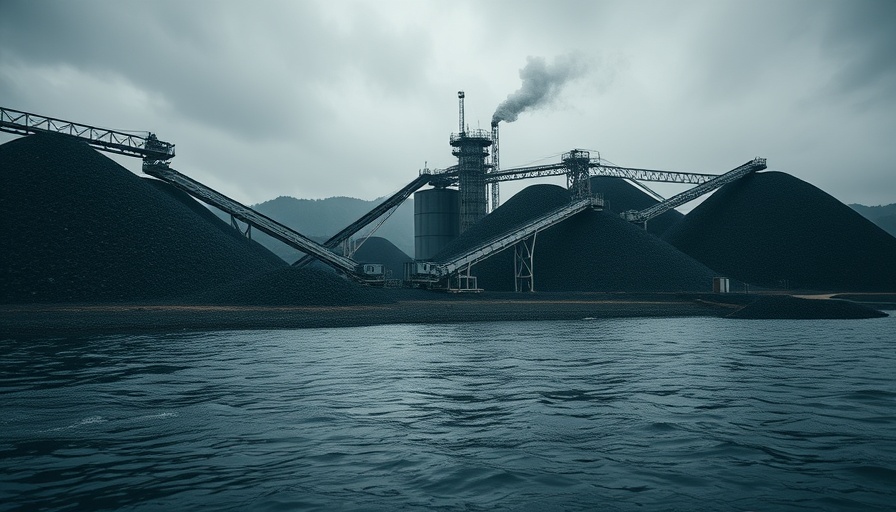
The Alarming Retreat of Alpine Glaciers: A Data-Driven Analysis
In an alarming discovery, the Alpine glaciers have exhibited an unprecedented retreat, shrinking by 39% over the past two decades as reported by a collaborative study involving British data science startup Earthwave and European academic institutions. This critical finding underscores a stark departure from the global average loss of 5%, spotlighting the Alps as a particularly vulnerable region amidst the escalating threats of climate change.
A Changing Climate: The Data Behind the Shrinkage
The study, published in the esteemed journal Nature, highlights a trend of accelerating ice loss, with global glaciers losing approximately 273 billion tonnes of ice annually since 2000—a figure that is equivalent to the drinking water consumption of the entire global population for 30 years. The situation is even more dire in the Alps, where temperatures have surged at twice the global average rate. Recent heatwaves during the summer of 2022 led to Swiss glaciers alone losing a staggering 6% of their mass within a single year.
Understanding the Contributing Factors
While human-induced climate change remains the primary driver of glacier retreat, other environmental factors, such as dust accumulation from the Sahara Desert, have played a significant role in hastening the melting process. This phenomenon, known as the albedo effect, causes darkened ice surfaces to absorb more solar radiation, further amplifying the rate of ice loss. As researchers continue to document these alarming trends, the science community warns of potential catastrophic consequences:
If greenhouse gas emissions continue to rise, projections indicate that the Alps could lose more than 90% of their glacier mass by 2100.
Human Dependence: A Critical Resource at Risk
The ramifications of glacial retreat extend beyond environmental concerns; millions of people rely on glacial melt for drinking water, agriculture, and hydropower. During the study period, glaciers contributed to an increase in global sea levels by 18mm. This is a troubling statistic that emphasizes the urgent need to address climate change—not only for ecological balance but also for the livelihoods of countless communities that depend on these vital water sources.
Global Trends and Future Predictions
In a broader context, the findings about the Alps mirror a grim reality seen in other mountain ranges across the globe. Researchers have noted that many glaciers worldwide are on a shrinking trajectory—one that is anticipated to accelerate unless substantive action is taken against climate change. The alarming speed at which ice is being lost has prompted a call to action for both policymakers and corporate leaders:
Climate action can no longer be sidelined; it must be integrated into strategic business models.
Conclusion: A Call for Urgent Action
The visual devastation of the Alps' glaciers serves as a somber reminder of the urgency surrounding climate action. The statistics are not just numbers; they represent a call to action for industries and individuals alike. With glaciers disappearing at an accelerating pace, the need for innovative solutions in sustainability and digital transformation within industries like tourism, agriculture, and energy is more pressing than ever.
It is imperative for executives and fast-growing companies to leverage this data, prioritize sustainability, and adapt to these changes. By doing so, we can work towards solutions that not only tackle climate change but also ensure the preservation of crucial water supplies for future generations.
 Add Row
Add Row  Add
Add 




Write A Comment